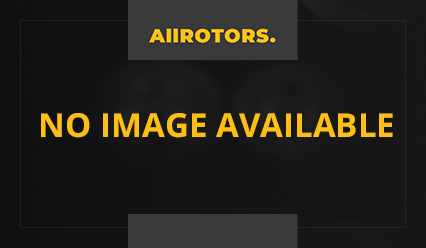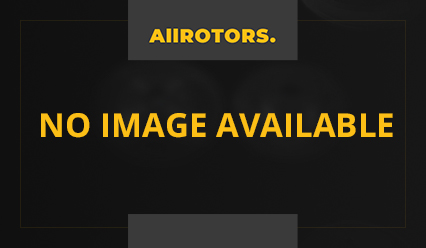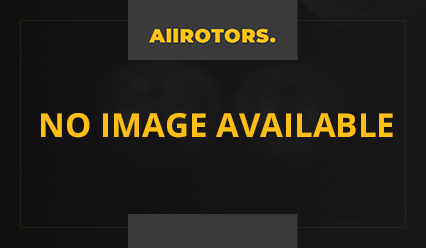2014 Ford C-Max Brake Rotors and Pads
Click here to search another vehicle
All Rotors:
OEM x
Coated x
Drilled, Slotted and Coated x
Front x
Rear x
All Pads:
Ceramic x
Semi-metallic x
Front x
Rear x
Found 18 record
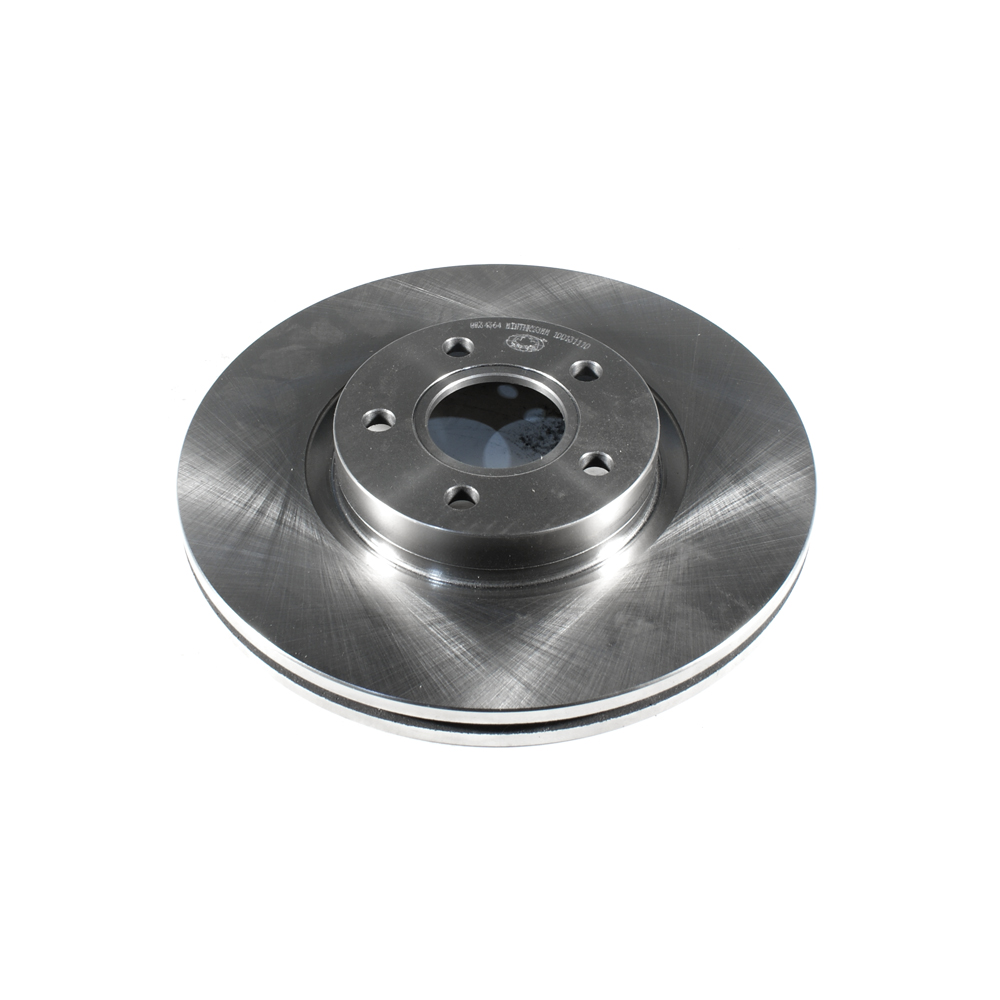
Part No: BR34364
Raybestos: 980601
OE: 274510
Raybestos: 980601
OE: 274510
$52.61 each
Per Car QTY: 2
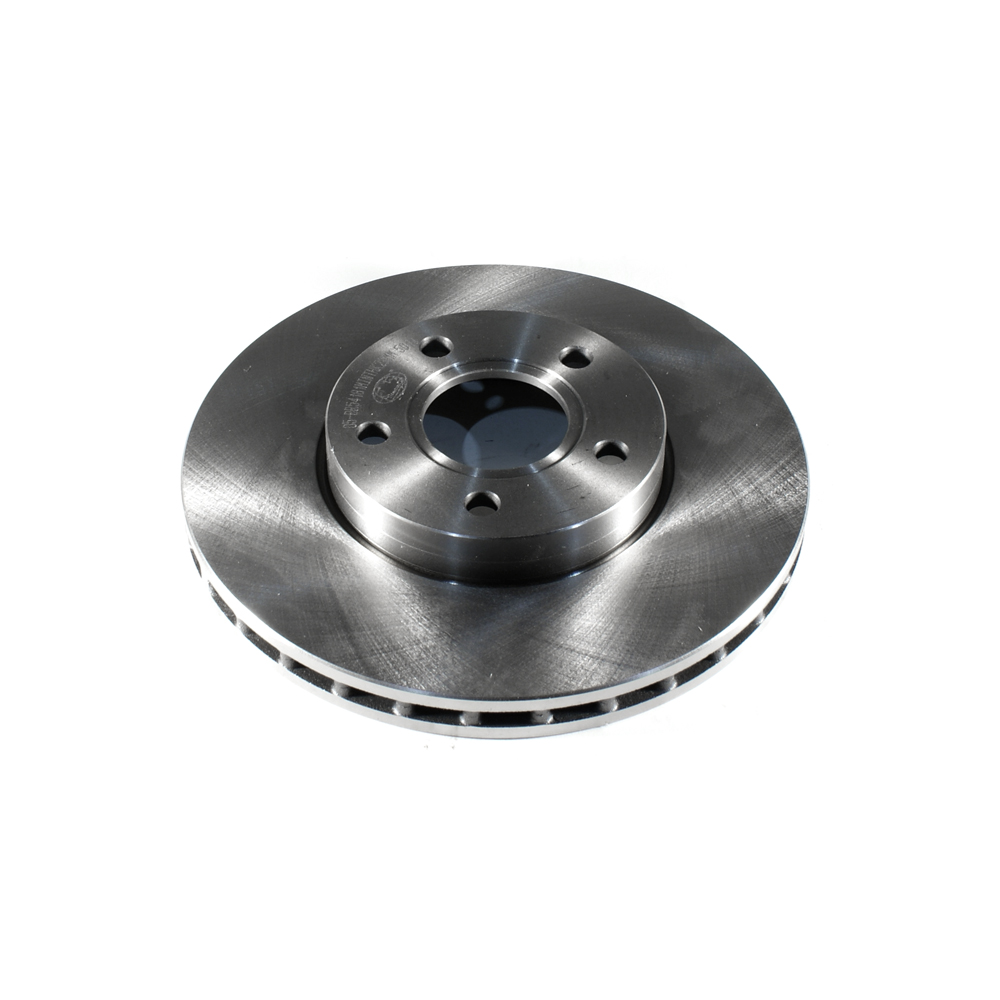
Part No: BR54181
Raybestos: 680930
OE:
Raybestos: 680930
OE:
$42.28 each
Per Car QTY: 2
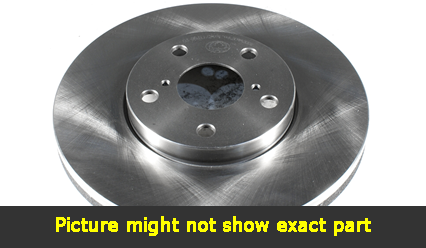
Part No: BR54193
Raybestos: 680999
OE: CV6Z2C026B
Raybestos: 680999
OE: CV6Z2C026B
$34.51 each
Per Car QTY: 2
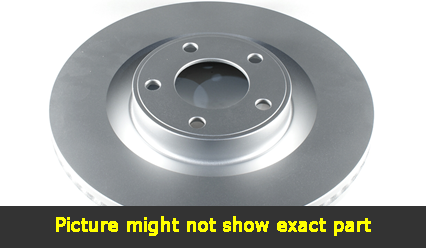
Part No: PP34364
Raybestos: 980601
OE: 274510
Raybestos: 980601
OE: 274510
$66.67 each
Per Car QTY: 2
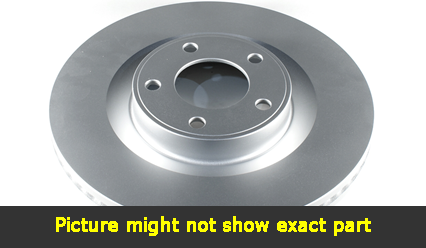
Part No: PP54181
Raybestos: 680930
OE:
Raybestos: 680930
OE:
$54.58 each
Per Car QTY: 2
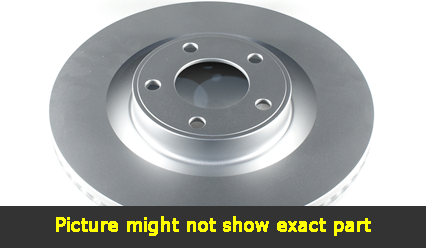
Part No: PP54193
Raybestos: 680999
OE: CV6Z2C026B
Raybestos: 680999
OE: CV6Z2C026B
$44.53 each
Per Car QTY: 2
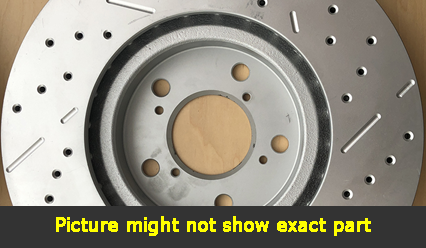
Part No: SP34364L
Raybestos: 980601
OE: 274510
Raybestos: 980601
OE: 274510
$103.12 each
Per Car QTY: 1
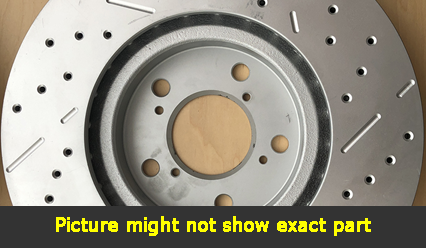
Part No: SP34364R
Raybestos: 980601
OE: 274510
Raybestos: 980601
OE: 274510
$103.12 each
Per Car QTY: 1
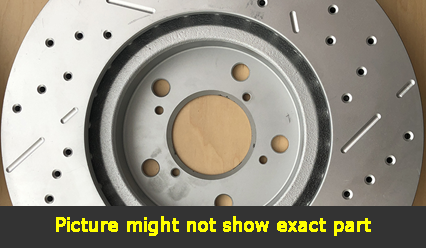
Part No: SP54181L
Raybestos: 680930
OE:
Raybestos: 680930
OE:
$86.98 each
Per Car QTY: 1
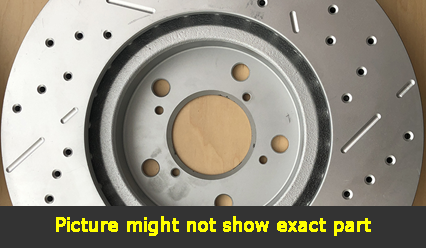
Part No: SP54181R
Raybestos: 680930
OE:
Raybestos: 680930
OE:
$86.98 each
Per Car QTY: 1
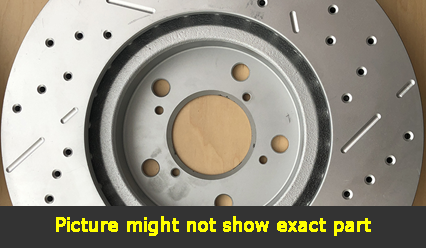
Part No: SP54193L
Raybestos: 680999
OE: CV6Z2C026B
Raybestos: 680999
OE: CV6Z2C026B
$76.93 each
Per Car QTY: 1
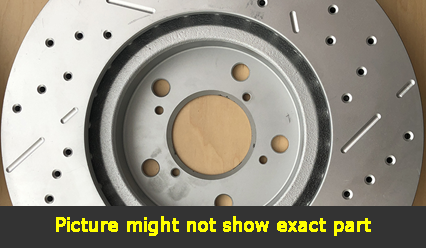
Part No: SP54193R
Raybestos: 680999
OE: CV6Z2C026B
Raybestos: 680999
OE: CV6Z2C026B
$76.93 each
Per Car QTY: 1
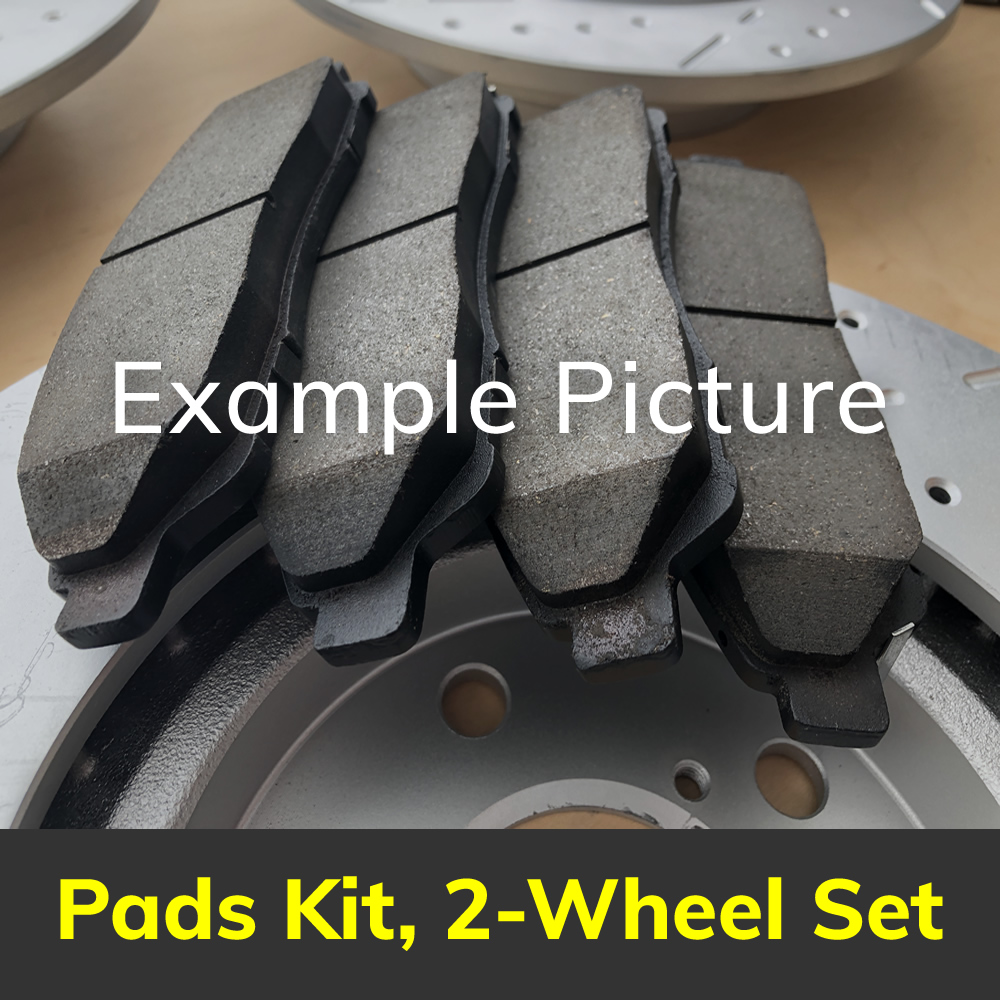
Part No: PD1564C
Raybestos: 1564
OE:
Raybestos: 1564
OE:
$33.95 each
Per Car QTY: 1
Choosing the right brakes for your 2014 Ford C-Max is essential for maintaining optimal performance and safety. Here are some factors to consider when selecting brakes for your vehicle:
1. Brake Type:
There are two main types of brakes: disc brakes and drum brakes. Disc brakes are generally more efficient and provide better stopping power. Most modern vehicles, including the 2014 Ford C-Max, are equipped with disc brakes on the front wheels and drum brakes on the rear wheels. It is recommended to stick with the original brake type unless specific performance requirements or regulations dictate otherwise.
2. Brake Pad Material:
Brake pads come in different materials, each with its own advantages and disadvantages. The most common types include organic, semi-metallic, and ceramic pads.
- Organic Pads: These are made from non-metallic materials like rubber, fibers, and resins. They provide a quiet operation and are suitable for everyday commuting and lighter vehicles. However, they may wear out faster and produce more dust.
- Semi-Metallic Pads: These brake pads are made from a combination of metallic fibers and other materials. They offer excellent heat dissipation, durability, and good stopping power. They are recommended for vehicles that carry heavier loads or undergo frequent braking, such as SUVs and trucks.
- Ceramic Pads: Ceramic brake pads are made from a mix of ceramic compounds and copper fibers. They provide superior stopping power, reduced noise, and minimal brake dust. They are preferred for high-performance vehicles and drivers who seek optimal braking performance.
3. OEM vs. Aftermarket Brakes:
Original Equipment Manufacturer (OEM) brakes are the ones that come installed on your vehicle from the factory. They are designed specifically for your vehicle's model and provide a reliable option. OEM brakes ensure proper fitment, performance, and warranty coverage. However, they might be more expensive compared to aftermarket options.
Aftermarket brakes, on the other hand, offer a wide range of options in terms of performance, price, and durability. While some may be of comparable quality to OEM brakes, others may vary significantly. It's crucial to research and select reputable aftermarket brands that provide the same level of performance and safety as the original brakes.
4. Driving Patterns and Conditions:
Consider your driving habits and typical conditions when choosing brakes. If you primarily drive in the city with frequent stop-and-go traffic, brakes with good heat dissipation capabilities and durability are essential. If you live in an area with steep hills or frequently drive on mountainous roads, brakes with enhanced stopping power are crucial for your safety.
5. Professional Advice:
If you are unsure about the brake options suitable for your 2014 Ford C-Max, it's always a good idea to consult with a trusted mechanic or brake specialist. They can provide you with expert advice based on your specific needs and driving patterns.
In conclusion, choosing the right brakes for your 2014 Ford C-Max involves considering the brake type, pad material, OEM vs. aftermarket options, driving patterns, and seeking professional advice when needed. By selecting brakes that meet these criteria, you can ensure optimal performance and safety for your vehicle.
1. Brake Type:
There are two main types of brakes: disc brakes and drum brakes. Disc brakes are generally more efficient and provide better stopping power. Most modern vehicles, including the 2014 Ford C-Max, are equipped with disc brakes on the front wheels and drum brakes on the rear wheels. It is recommended to stick with the original brake type unless specific performance requirements or regulations dictate otherwise.
2. Brake Pad Material:
Brake pads come in different materials, each with its own advantages and disadvantages. The most common types include organic, semi-metallic, and ceramic pads.
- Organic Pads: These are made from non-metallic materials like rubber, fibers, and resins. They provide a quiet operation and are suitable for everyday commuting and lighter vehicles. However, they may wear out faster and produce more dust.
- Semi-Metallic Pads: These brake pads are made from a combination of metallic fibers and other materials. They offer excellent heat dissipation, durability, and good stopping power. They are recommended for vehicles that carry heavier loads or undergo frequent braking, such as SUVs and trucks.
- Ceramic Pads: Ceramic brake pads are made from a mix of ceramic compounds and copper fibers. They provide superior stopping power, reduced noise, and minimal brake dust. They are preferred for high-performance vehicles and drivers who seek optimal braking performance.
3. OEM vs. Aftermarket Brakes:
Original Equipment Manufacturer (OEM) brakes are the ones that come installed on your vehicle from the factory. They are designed specifically for your vehicle's model and provide a reliable option. OEM brakes ensure proper fitment, performance, and warranty coverage. However, they might be more expensive compared to aftermarket options.
Aftermarket brakes, on the other hand, offer a wide range of options in terms of performance, price, and durability. While some may be of comparable quality to OEM brakes, others may vary significantly. It's crucial to research and select reputable aftermarket brands that provide the same level of performance and safety as the original brakes.
4. Driving Patterns and Conditions:
Consider your driving habits and typical conditions when choosing brakes. If you primarily drive in the city with frequent stop-and-go traffic, brakes with good heat dissipation capabilities and durability are essential. If you live in an area with steep hills or frequently drive on mountainous roads, brakes with enhanced stopping power are crucial for your safety.
5. Professional Advice:
If you are unsure about the brake options suitable for your 2014 Ford C-Max, it's always a good idea to consult with a trusted mechanic or brake specialist. They can provide you with expert advice based on your specific needs and driving patterns.
In conclusion, choosing the right brakes for your 2014 Ford C-Max involves considering the brake type, pad material, OEM vs. aftermarket options, driving patterns, and seeking professional advice when needed. By selecting brakes that meet these criteria, you can ensure optimal performance and safety for your vehicle.



